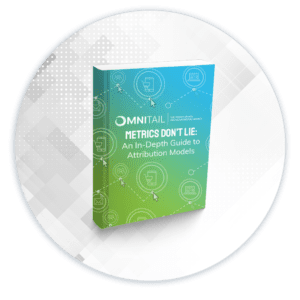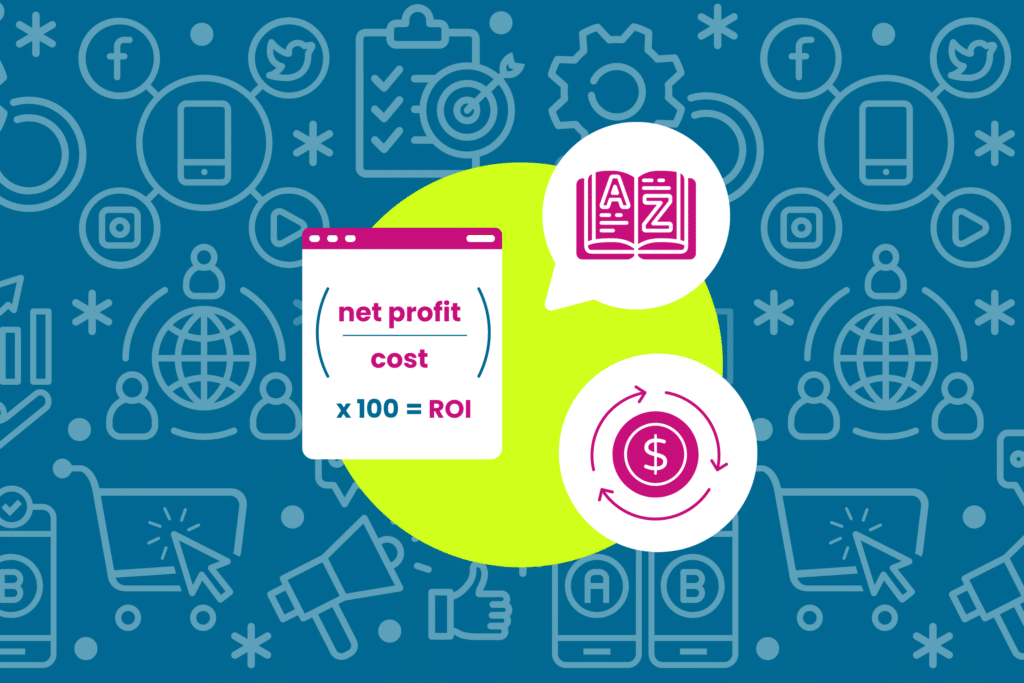Is Your Agency’s Attribution Transparent?
At Omnitail, we believe in transparent reporting—and our attribution strategy reflects that. Whether it’s Google Ads attribution models, Google Analytics, or social media, every report at Omnitail contains two attribution models: a conservative model and a generous model. One assigns credit for sales, while the other informs decision-making for your account.
We take great care aligning your attribution model with your goals. Above all, we are deeply committed to providing you with transparent, accurate data—whether it makes us look good or not. You get the full picture of your account performance with Omnitail—always. In this blog, you’ll learn all about Omnitail’s approach to transparent attribution and reporting.

Why We Use Multi-Touch Attribution
1. See How Advertising Impacts Sales
By using multiple attribution models, you gain meaningful insights into how each of your advertising channels directly or indirectly impact your sales. You can tailor your ads to meet your customers where they are in their buyer’s journey.
For example, imagine a shopper visits your site, adds, and item to their cart and then leaves. You then notice that if you send a coupon to that shopper, they will come back and buy the product they had initially abandoned. A last-click model can show you the final step a customer took before purchase, so you can capitalize on it!
2. See How Advertising Impacts Brand Awareness
Multi-touch attribution can also give credit to brand awareness. Ads that introduce customers to your brand shouldn’t be forgotten! If you only use a last-click attribution model, you’ll miss out on the ad that are responsible for attracting new customers to your business. Multi-touch attribution solves this problem and lets you gain valuable insights into ads that generate new business.
3. Direct Ad Spend to Your Top Ads
Finally, it allows you to direct ad spend more precisely. Multi-touch attribution will reveal which channels are pulling their weight and which channels aren’t. Using this information, you can push spend towards the channels that drive sales, attract new customers, or whichever channels help you reach your goals!

Omnitail Attribution by Ad Platform
Reporting varies across platforms—but no matter the platform we provide you with two side of the story using multi-touch attribution. Let’s take look at how we address attribution on Google Ads, Google Analytics, and paid social.

Google Ads
The default model is last-click, however, there’s a handful of other Google Ads attribution models. Google Ads attributes sales to ads, campaigns, ad groups, and keywords. This data can be passed to Google Analytics to develop further insights.
For a lot of our clients, we report on both a last-click model and an assisted model. The last-click is a more generous look at how the last-touched channel contributed to the success of your campaigns. On the other hand, the assisted model assigns credit to each of the touch points your shopper interacts with on their pathway to purchase—making this a more conservative view of your ad performance. By looking at two attribution models, we ensure our management decisions aren’t skewed by overly generous models.

Google Analytics
On Google Analytics, transactions are measured on a last non-direct click model, but there are also a variety of other attribution models available. Google Analytics primarily attributes sales to marketing channels (though Google Ads reporting can be found in Analytics if the two platforms are linked.)
Have you made the switch to Google Analytics 4 yet? If not, check out our guide on how to set up GA4 for your business.

Paid Social
Paid social attribution varies from platform to platform, but typically looks at metrics like view-through and click-through conversions. Paid social attribution relies heavily on the number of days from when the customers clicks or views a sale. Often, attribution on paid social platforms exaggerate the impact of their ads. To combat this, we look at at least two attribution models. In this case, the paid social attribution model is the generous view—so we’ll supplement it with a more conservative view for a more accurate, actionable data.

Find the Best Attribution Model for Your Business

Want to take our strategy for a spin? Grab out free e-book and discover which attribution model aligns with your businesses goals. In this e-book we’ll look at the default attribution models on Google Ads, Bing Ads, Google Analytics, Paid Social Platforms, and Amazon.
Next, we’ll explore alternative attributions models to help you choose the best model for your goals. You’ll learn how attribution models can provide transparency in your reporting and improve your data. Finally, we’ll discuss why attribution doesn’t always agree across platforms.
Download the e-book here: Multi-Touch Attribution: Considering All Touchpoints








